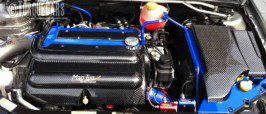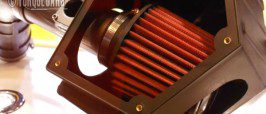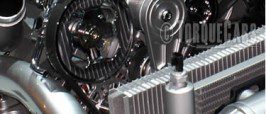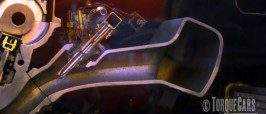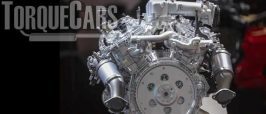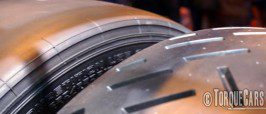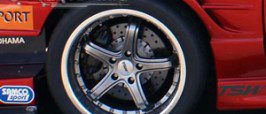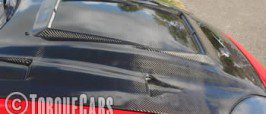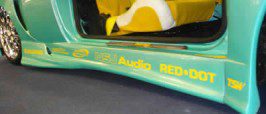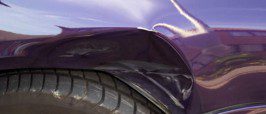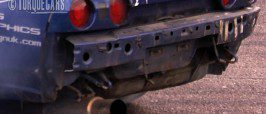Triumph Tuning Tips and Modifications
Maximise your Triumphs driving pleasure
Thanks for visiting TorqueCars, we love Triumphs and see so many interesting Triumph projects.
If you are looking to build the ultimate Triumph then you came to the right place.
Our tuning tips and articles for the Triumph cover all the best mods and latest tuning methods to help you build a great modified Triumph.
With the help of our forum members, industry professionals and seasoned car modifiers we present a best practice guide to modding your Triumph.
Please join us in our forums, we love to hear what members are up to and it helps us spot trends so that we can ensure the site is always covering the latest and greatest tuning topics for Triumph owners.
Feel free to drop a tip or suggestion in the comments box at the bottom of every article, this feedback is greatly valued and helps us refine our articles.
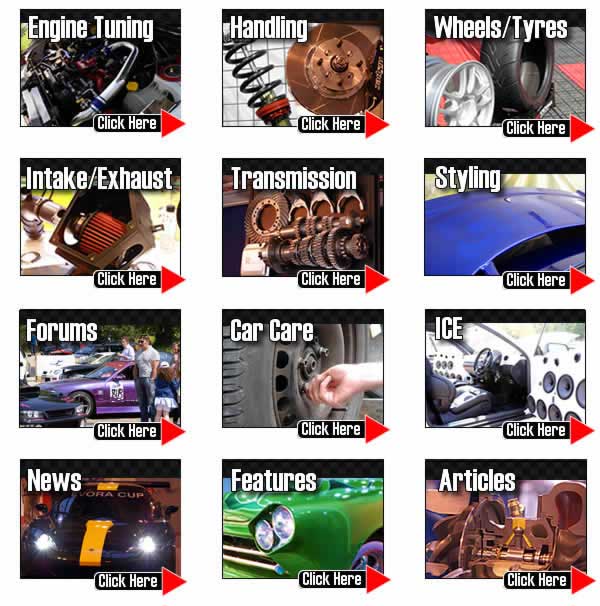
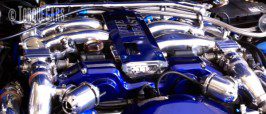
If your car is overheating through heavy track day use or you’ve carried out lots of modifications you’ll need to follow our engine cooling suggestions carefully.
We cover the most common solutions to an overheating engine from radiator and coolant upgrades to more serious measures.
Automotive engines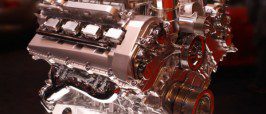
The array of available automotive engines continues to grow, we shall look at the main types of engines looking at how they have evolved over time.The gradual evolution of the automotive engine marches on and we discuss the major developments and innovations in engine technology and fuel types such as Petrol, diesel, LPG hydrogen and electric power.
A guide to supercharger kits: benefits vs disadvantages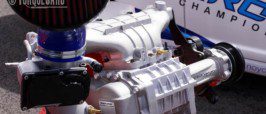
Superchargers offer the promise of substantial power gains with very few drawbacks. So lets look at the growing popularity of supercharger kits and see what its all about.
A supercharger is quite simply an air compressor which helps push more air into an engine. These are driven by a belt from the engine effectively creating pull on the engine sapping up to 30% of the engines power.
EGR Delete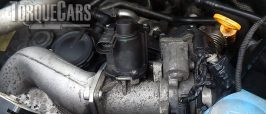
Discover the insights, pros, and cons of EGR valve delete in this comprehensive article. Understand the impact of the EGR valve on performance, common issues, and legal considerations.

